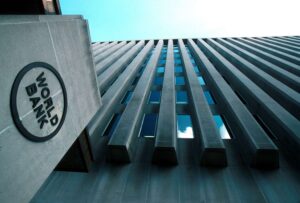ASTANA – Economic growth in developing economies of Europe and Central Asia is stabilizing after a series of crises but at much slower rates than the early 2000s, according to the World Bank’s Economic Update released on Oct. 17.

The World Bank building. Photo credit: www.worldbulletin.net.
Regional growth is projected to moderate to 3.3% this year from 3.5% in 2023, and slow further to 2.6% in 2025. This is significantly weaker than the 5.1% average growth experienced between 2000 and 2009, and below the level needed for middle-income countries in the region to achieve high-income status within a generation or two.
The report highlights that while inflation is declining, allowing some central banks to cut policy rates, caution remains due to concerns over persistent price pressures.
The World Bank stressed the need for a major overhaul of education systems, especially higher education, to unlock the human talent needed to reinvigorate economic growth and boost convergence with high-income countries. While enrollment rates across the region are high, the quality of education has deteriorated.
The report recommended accelerating curriculum reforms, particularly in science, technology, engineering, and math (STEM) subjects, and improving teacher training to address these challenges.
Currently, economic growth in the region is primarily driven by private consumption, supported by rising wages, government transfers to households, and lower inflation. Remittance inflows are also boosting growth, particularly in the Western Balkans, the South Caucasus, and Central Asia. Tourism, with international arrivals surpassing pre-pandemic levels, is another bright spot in the region’s economic expansion.


